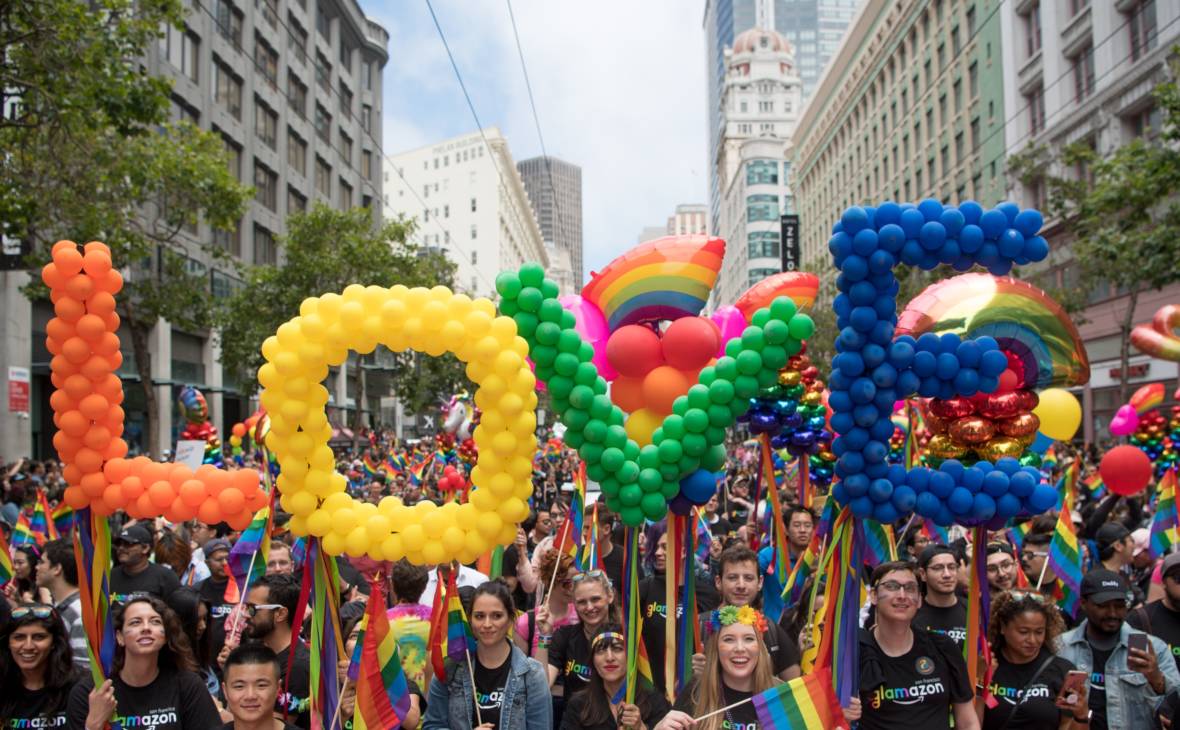Let’s Break for Some History: San Francisco’s Cable Cars
February 26, 2015San Francisco conjures up images of the Golden Gate Bridge, the Painted Ladies, Lombard Street winding down Russian Hill, and, yes, The City’s notable cable car system. Today you can only take the trams on a handful of streets, but in San Francisco’s early years the cable cars were essential vehicles for commuting The City.
Opening on August 2, 1873, the Clay Street Hill Railroad, running by where the Clay Park Tower Apartments now stand, kicked off the cable car operation. Revolutionary for the time, the technology behind it included the use of “grip cars,” that worked by carrying the grip connected with the cables and towing trailing cars.
Over the years the lines expanded, taking over the horse drawn streets, and modernized to include more streamlined side grips and lever operations. By 1890, 23 cable car lines serviced the city. In 1892 the first electric streetcars appeared. Despite the outcries from citizens against the change, the effective vehicles stuck and a hybrid of cable cars and streetcars shared the roads. San Francisco’s 1906 earthquake was the major game changer as it destroyed most of the cable car infrastructure. In a rush to quickly rebuild The City, engineers deferred to the efficient electric option.
But a deal was struck, and three classic cable cars survived: the Powell-Hyde, Powell-Mason, and California Street lines. Tourists mostly use the system now, however the California street line is still widely utilized by commuters because its final stop is in the busy Financial district.
If you’re interested in delving deeper into San Francisco’s iconic cable car system, visit the Cable Car Museum. If you’re not in The City but want to learn more, www.sfcablecar.com is a great resource. Of course, there’s no substitute for riding them in person!
Back to Blog





